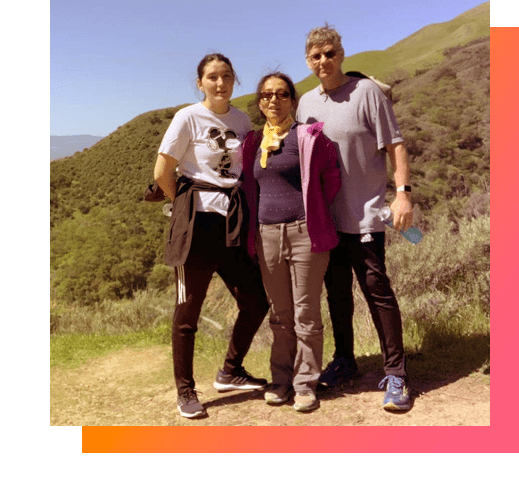Yan Li encourages more women to submit patents and drive innovation
Yan Li has 214 patents. She’s been with Western Digital for 22 years. She has a Ph.D. in Materials Science. And she’s a rebel.
In fact, Yan, currently Vice President of Design Engineering in Memory Technology, attributes her innovation achievements in NAND flash to a healthy dissatisfaction with the status quo.
A Problem-Solving Focus
A mindset centered on identifying and really understanding problems – whether technical issues we’ve identified or problems our customers are experiencing – has been key to coming up with patentable ideas for Yan.
“Once you understand a problem you look at your toolbox for potential solutions,” she says. “Often it becomes apparent that conventional thinking isn’t enough. That’s when the rebel kicks in.”
You have to be open-minded, Yan says. “You think outside the box, you challenge convention, you start talking about ideas that seem impractical, you keep pushing, you drive yourself to always think about potential solutions – even if people think they aren’t very good ideas.”

“Yan is one of our most successful innovators,” says Siva Sivaram, President, Technology & Strategy. “Her ability to understand problems and challenge conventional thinking about solutions inspires our technical community and has helped SanDisk and Western Digital achieve incredible market-leading breakthroughs.”
Encouraging More Innovation by Women
While the sheer number of patents Yan has contributed to Western Digital’s strong portfolio of more than 13,700 patents worldwide is incredible, she is in the minority.
Yan believes many female engineers can be too cautious about sharing their ideas and might be overly concerned about whether someone will accept an idea.
“Again, take a lesson from the rebel,” she says. “Pursue your idea anyway. Be confident in your thinking. Share the idea with your peers. And then move into the patent process. Just see what happens. If they reject it you can get feedback and maybe modify your idea to make it better.”
Keep in mind, Yan says, that any innovator has to challenge tradition. “Challenge conventional approaches, think deeply about new ways to solve problems, learn from what’s been done before, collect data and be a creative rebel. It’s very satisfying to know your ideas are making a product work better.”
Yan notes that the patent process itself is fairly straightforward. “Ideas can be submitted in presentation slides,” she says. “You need just enough information to describe your idea but you don’t need to overdo it. The Patent Team will ask questions and provide guidance.”
When Anything was Possible
Yan joined SanDisk in 1998. “In 2000, we started our collaboration with Toshiba on the NAND side and shortly after this we began a period of tremendous growth that’s still going on today,” she says.
Among her patents, Yan considers her most significant contributions to be those that deal with a thorny NAND scaling issue: interference. “We pack as many memory cells as possible into a very small space,” she says.
“As the distance between individual flash cells gets tighter and tighter, there’s increasing ‘noise’ between neighboring memory. We couldn’t have good reliability until we developed algorithms to solve the interference problem.”
In fact, the noisy “disturbance” problem in flash was getting more and more significant as we shrank the size of the memory cell, Yan notes. “We talked about the problems constantly, brainstormed solutions, challenged each other, and pushed back against conventional thinking. Rebellious thinking helped clear the way to solutions.”
She’s most proud of helping develop the flash storage industry’s first triple-layer cell (TLC) in 2008. “We incorporated many new ideas into the product and we were able to move into production with our first chip. This product had a huge impact on our business and, eventually, many of SanDisk’s flash products in 2D NAND used TLC.”
“Too many people tell themselves there’s only one way to solve a problem,” she says. “That’s always the wrong approach to innovation. Instead start with the impractical, then keep polishing to make it more practical.”
